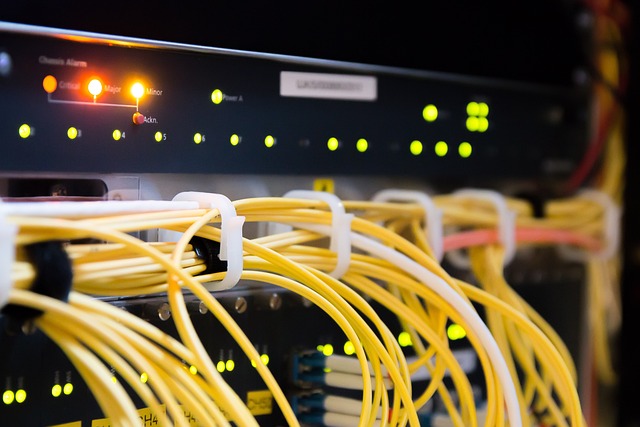The Future Of Server Technology And Its Impact On Web Design

https://pixabay.com/photos/cyberspace-data-wire-electronic-2784907/
The way we access content on the web evolves as technology develops and progresses. Server technology is a crucial component of web architecture since it offers a strong base for both web pages and applications. What, however, is in store for server technology in the future, and how will it affect web design?
In this article, we'll examine how the newest developments in server technology may affect how websites are developed in the future.
1. Edge Computing
Edge computing has quickly become a popular trend among server professionals due to its ability to reduce latency issues by shifting data processing closer to users. According to ServerMania, this type of distributed computing system has numerous benefits for web designers — since many users are now accessing online content from mobile devices, edge computing ensures that these users receive a faster response time.
2. Data Analytics
The demand for real-time data analysis is growing as more companies migrate their activities online. By giving websites and applications strong analytics capabilities, server technology may fulfill this need.
Web design teams are able to optimize their sites in accordance with client preferences and website usage trends, which enhances user experience and boosts engagement with online content.
3. Use Of The Cloud
The way we store and access data on the web has been completely transformed by this kind of server technology.
With cloud computing, we can safely store all of our data in a remote location without having to rely on traditional hard drives or other storage devices. Web designers may now build websites and applications with real-time data updates and excellent scalability thanks to cloud computing.
4. Computerized Intelligence
Web designers can automate jobs and increase the effectiveness of the design process thanks to AI, which is gradually taking a significant role in server technology. Web designers may test their designs against user preferences using AI-powered tools, and their sites can then be automatically optimized for the highest levels of interaction.
This kind of automation improves overall website performance while also saving time.
5. Self-Repairing Servers
Because of the built-in analytics features these servers provide, web designers may use self-healing servers to guarantee that their websites continue to function even when technical problems arise.
Self-healing server technology seeks to maintain a server's optimal performance by keeping track of its health and taking the appropriate action. Web designers may guarantee that users will always be able to access their websites by investing in these kinds of servers.
6. Containerization
Containerization is quickly becoming a popular trend in server technology due to its ability to provide isolated, self-contained environments for web applications. This type of technology helps improve the scalability and performance of sites by running individual components separated from one another — thus enabling them to be deployed faster and with fewer risks or conflicts.
By embracing containerization strategies, web designers can ensure that their websites are always secure and up-to-date.
In Conclusion
Server technology is rapidly evolving, and so too is web design. As AI-powered tools become more widely available, the need for powerful and reliable server technology has never been higher — edge computing, data analytics, cloud computing, AI, and self-healing servers all have an important role to play in this future. By embracing these new trends and technologies, website developers can create faster and more engaging sites for their audiences — paving the way for a brighter digital future.
Copyright © . All Rights Reserved